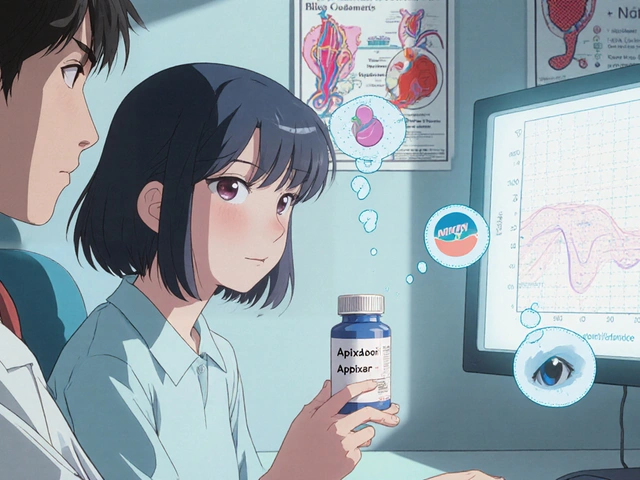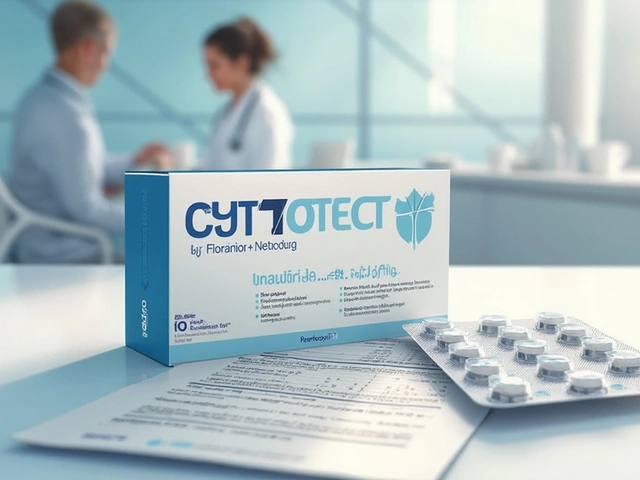UTI Antibiotic Guide: What Works, How to Take It, and What to Watch For
If you’ve ever had a burning pee or frequent trips to the bathroom, chances are you’ve dealt with a urinary tract infection (UTI). The fastest way to clear it up is usually an antibiotic, but not every pill is the same. Below you’ll get the basics on the most common UTI antibiotics, why doctors pick them, and how to use them without hassle.
Common UTI Antibiotics
Doctors most often prescribe three groups of antibiotics for uncomplicated UTIs: trimethoprim‑sulfamethoxazole (Bactrim), nitrofurantoin (Macrobid), and fosfomycin (Monurol). Bactrim is cheap and works well, but it can cause rash or stomach upset in some people. Nitrofurantoin is a good backup when Bactrim isn’t an option; it concentrates in the urine and has fewer gut side effects, though it shouldn’t be used if you have poor kidney function. Fosfomycin is a single‑dose pill that’s handy for busy schedules, but it’s a bit pricier and isn’t always covered by insurance.
For more complicated infections—like those that have reached the kidneys or involve resistant bacteria—doctors might turn to fluoroquinolones (Cipro) or beta‑lactams (amoxicillin‑clavulanate). These are stronger, require longer courses, and have a higher chance of side effects, so they’re saved for cases where first‑line drugs fail.
Tips for Safe Use & When to Seek Help
Take the antibiotic exactly as prescribed. Skipping doses or stopping early can let bacteria bounce back and become resistant. If you miss a dose, take it as soon as you remember unless it’s almost time for the next one—don’t double up. Finish the whole course, even if you feel better after a couple of days.
Watch for side effects: nausea, diarrhea, or a rash are common but usually mild. If you develop severe stomach pain, fever, or a new rash, call your doctor right away. These could signal a bigger issue or an allergic reaction.
Stay hydrated. Drinking plenty of water helps flush bacteria out of the bladder and reduces the chance of recurrence. Some people also find that a small amount of cranberry juice (unsweetened) can make urine a bit less friendly for bacteria, though it’s not a replacement for antibiotics.
Know when to see a doctor again. If symptoms persist after finishing the prescription, or if you get sick again within a month, you might need a urine culture to identify a resistant strain. Pregnant women, men, and kids often need different antibiotics, so don’t self‑medicate in those cases.
Bottom line: the right UTI antibiotic can clear an infection in a few days, but success depends on taking the medication correctly, staying hydrated, and watching for warning signs. Keep this guide handy next time you suspect a UTI, and you’ll know exactly what to expect from the treatment.
Nitrofurantoin Eye Problems: Symptoms, Risks, and When to Seek Help
By Lindsey Smith On 5 Sep, 2025 Comments (9)

Worried about eye issues on nitrofurantoin? Learn rare risks, red flags, who’s at risk, and what to do-grounded in BNF, FDA labels, and UK guidance.
View More




